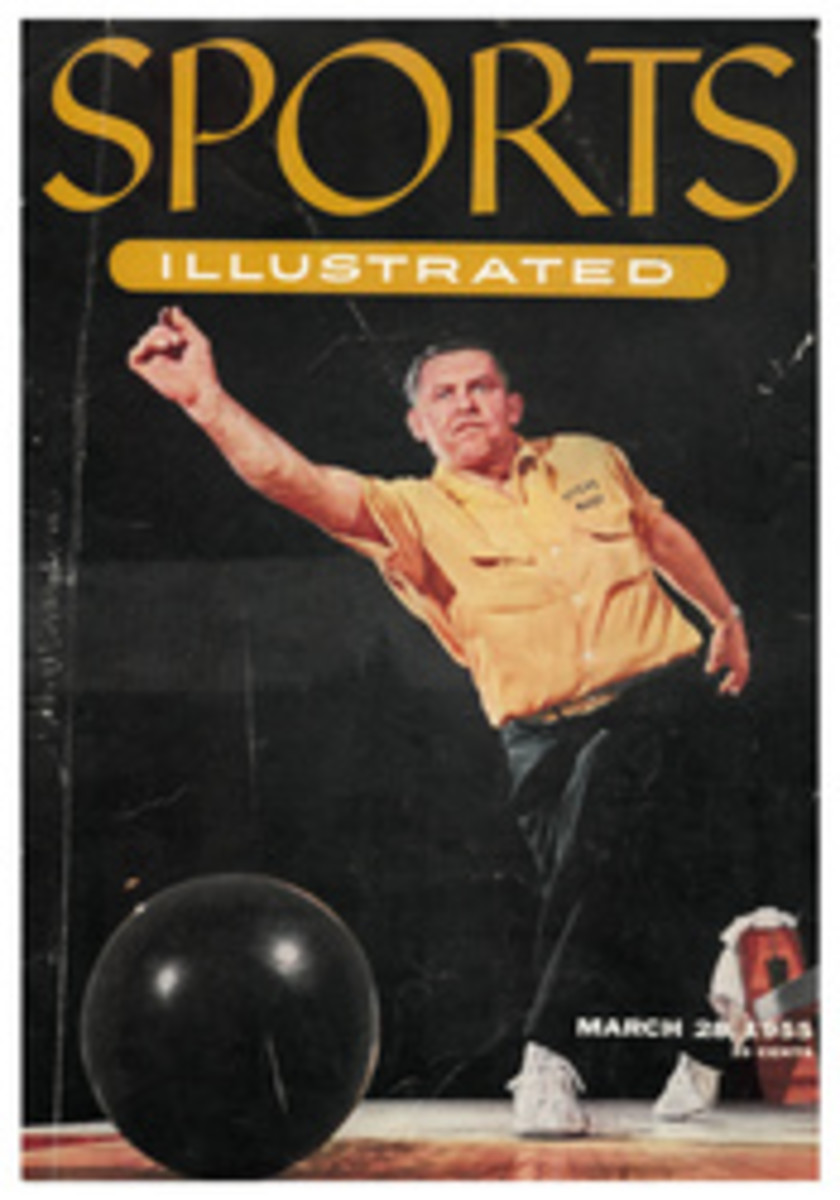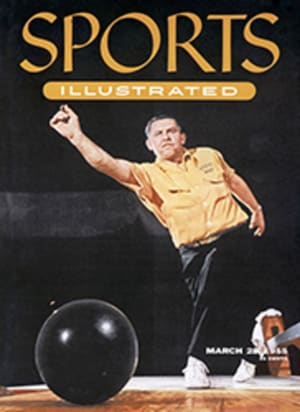
LONG RIDE
Approximately one hour and 42 minutes after the start of the Sebring 12-hour Grand Prix of Endurance, my engine spluttered, coughed, and in a few yards quit completely. A makeshift differential gear, salvaged two nights before from a wrecked Fiat in St. Petersburg after our own blew up, had thrown our calculations off completely. Four miles from the pits, I was clean out of gas.
My 1,100-cc Abarth, a new and untried machine imported from Italy a month before, was doing well enough. We had run third in class for the first seven laps, second until lap 33; now, after the leading British Lotus, a fast and potent machine, had plunged into some hay bales, we were ahead by one minute and 13 seconds.
I recall unbuckling the safety belt, removing my crash helmet and yanking futilely at the starter switch while traffic zoomed down the narrow road in snarling, tight-packed bunches. Ferraris, Maseratis, Porsches, Jaguars rounded the hairpin with squealing tires and thundered past in a riot of color and blaring exhausts. It was swelteringly hot. I clambered out, my shirt stuck to my back, my mouth dry and bitter-tasting. Then I started pushing 1,250 pounds of dead machinery four miles back to the pits.
It took me less than 400 yards to realize I hadn't a prayer of making it. The sweat was pouring into my eyes; my heart was bursting. Suddenly, out of the snarling stream of cars, a white Ferrari slithered to a stop behind me. It was ablaze from gas trapped in the belly pan and ignited by the exhaust. The driver ripped his flaming shirt off and flung it to the grass, then leaped out after it. Luckily there was a pile of sand nearby. Course officials stood by while he fought the flames, forbidden by regulations to aid him.
I had one slim chance: to run back to the pits, grab a pit steward and a gas can, and double back to the car. I made it in 15 minutes, gasped out my request and got an okay. The steward returned with me, broke the seal and reaffixed it after I poured in the gas. Forty-five minutes after its last, fateful splutter the Abarth came into the pits under its own power.
The first to greet me there was a pit steward who inquired: "Did you refuel on the course?" I nodded yes. "Then," he said, "you're disqualified. It's not allowed." I stuttered a desperate protest; but at that moment the chief steward happened to come by. After a brief consultation the ruling was reversed. "If you drove 20 laps before you ran out of gas," he said, "you can go on. That's the minimum distance permissible."
We had lost 10 laps and dropped from first to next-to-last position; from now on it was maximum effort. I drove stripped to the waist. Already the course was littered with derelicts. A wrecked Ferrari leaned drunkenly at the first curve beyond the pits, facing a diminutive Renault which had flipped three times and looked ready for the junkyard. Through the S-curve coming out of the Funnel two more cars were off the road. At No. 7, the fateful hairpin, an Austin-Healey had slid into another sand pile. In the zigzag at the end of the back straight, a red and black Ferrari stood jammed against a fire hydrant. Along the main straight an abandoned Kurtis-Kraft and a forlorn Kieft had failed their drivers.
My lap times shrank, round by round. We were averaging 70.1 mph, 14 mph faster than our required minimum. The Abarth ran better with each lap, as the engine limbered up and I found the groove. In endurance racing, driving becomes an automatic sequence of motions after a while as your reflexes take over. Curves 1 and 2—full bore in high gear. Aim for that marker barrel and just miss it. No. 3 curve—brake and downshift to third. Then second for 4 and 5—the bumpy "S" leading to the hairpin. Third, second, third, high for a quarter-mile; then third and second again for the zigzag. The hours roared by. Three p.m. and my pit crew called me in; Mechanic Jim McGee took over. He made up two more laps; when I climbed into the seat again, we had four to go to win back the lead. Lap after lap, and then the sun went down. There came that deceptive, dangerous period of twilight when moving shadows play havoc with your depth perception. You switch on the spotlight beams and their delicate fingers probe the gathering dusk.
I made my last refueling stop at 9 p.m. on our 118th lap. We were gaining 10 seconds a lap on the third-place Porsche, but with an hour left there was no hope of making up the deficit—unless something happened to one of our rivals. And it just might, even now. Especially I kept a weather eye open for leading Lotus No. 79. It was losing ground in the dark and had slammed a couple of times into the hay bales.
Then, with dramatic suddenness, our luck seemed to change. At 9:15 p.m. I caught the welcome sign on our pit board: "P3—X." That meant, "Position 3. Let's go!" I called out the last reserves and No. 80 responded gallantly. The body skin was cracked, the exhaust pipes were loose, part of the throttle linkage had come adrift from the terrific beating and my brakes were almost gone; but the engine held up like a trooper. Most nerve-racking were those moments of being overtaken by the leading Jaguar, Ferraris and Maseratis. The dazzling glare of their headlights coming up behind and the earthquaking roar of exhausts as they nearly climbed up my back before whooshing past was something that only the small car driver can appreciate.
My happiest moment was when I caught sight of an official holding up a large clockface at No. 7 hairpin. The hands pointed to 9:56 p.m. I knew I was on my last lap and, sure enough, I got the checkered flag next time around. The first news from my excited pit crew was even more cheering. Two Lotuses ahead of us had gone out; one, pushed out of the pit in desperation to cross the line on the starting motor, had been disqualified. That made us second in our class. But not all races are decided with the checkered flag, and Sebring this year least of all. Despite their previous ruling on my refueling on the course, the harassed officials in the end reversed themselves: we were disqualified. Rather than argue, I withdrew No. 80 voluntarily. After all, we finished the 12 hours; the Abarth held her own; we had a moral victory, and we had fun. What more can anyone ask?
PHOTO
BENTLEY AND ABARTH ON THE COURSE

